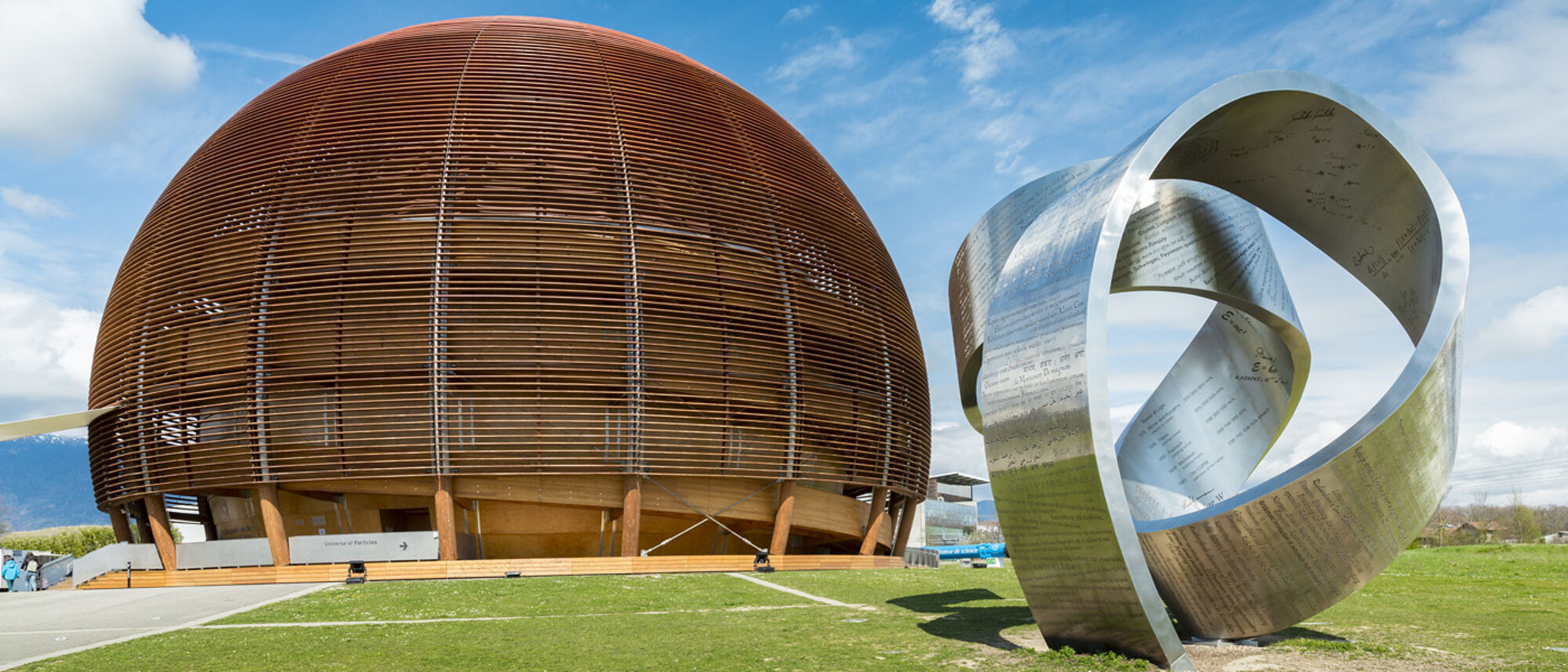
From Clyde to Collider
Since the 1980s, University of Glasgow researchers have been playing key roles in major international research projects at the European Organization for Nuclear Research – better known as CERN – which brings together over 12,000 scientists of 110 nationalities. UofG Communications Manager Ross Barker recently visited CERN and spoke to some of our brilliant physics stars, who live and work there, about their contributions.
In this sprawling secure facility which straddles the border between Switzerland and France, the buildings are low-slung, densely packed and often in need of a lick of paint.
Cyclists pedal at a leisurely pace along the quiet roads. Birds sing in the trees. It could be a sleepy industrial estate or a modern college campus in between terms anywhere in the world.
But look closer – the blue sign on that building reads, startlingly, ‘Antimatter Factory’. The giant, brightly coloured mural over there shows the cross-section of a complex machine, with a spark igniting at its heart. Not far away, there’s a two-metre tall sculpture of Lord Shiva, the Hindu deity said to have danced the universe into life.
This is the European Organization for Nuclear Research, or CERN, home to the world’s biggest science experiment – the Large Hadron Collider (LHC, pictured below).
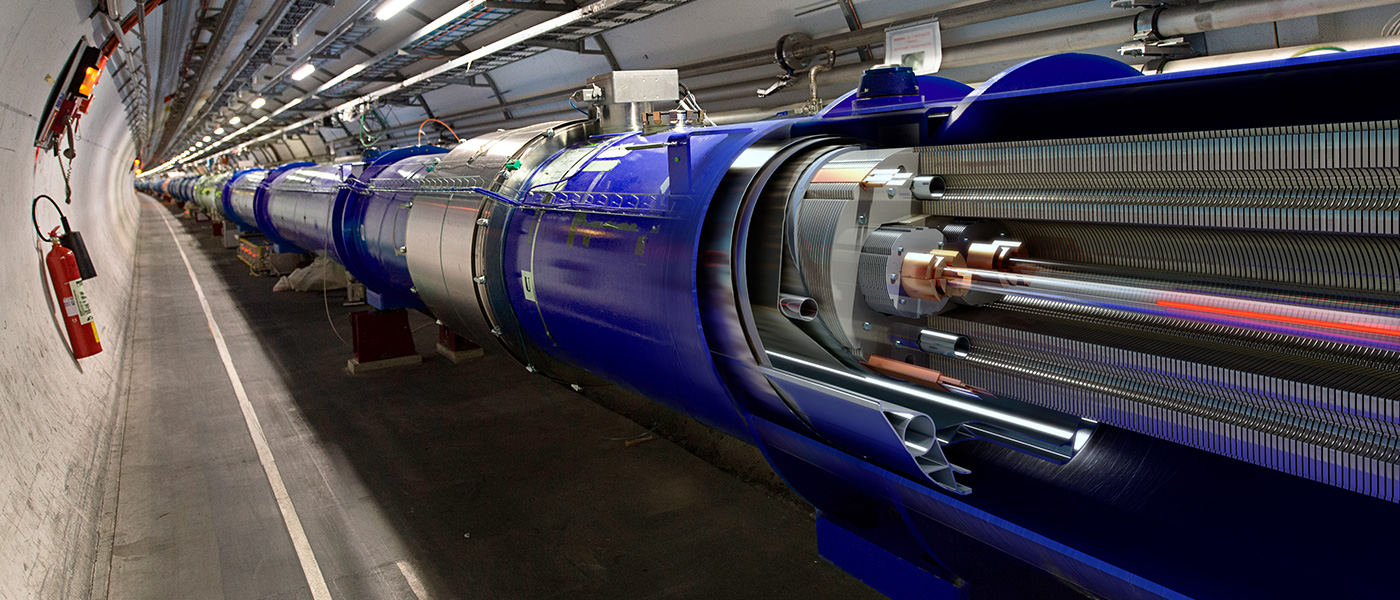
One hundred metres below the surface, the LHC sends two high-energy beams of protons around a 27-kilometre ring of superconducting magnets 11,000 times a second.
The beams are directed towards each other on a near-lightspeed collision course at points around the ring where four highly sophisticated detectors – called ATLAS, LHCb, CMS and ALICE – are stationed.
During the fractions of a second where the protons collide and shatter, the detectors capture the traces of fundamental particles produced during the collision, including quarks, leptons, gluons and – famously – the Higgs boson, the first evidence for which was captured by the LHC in 2012.
Sophisticated analysis of the petabytes of data (a petabyte equals one million gigabytes) collected by each collision helps scientists probe the limits of current theoretical models of physics and could help solve longstanding mysteries about the universe, like the nature of antimatter.
Today, supported by the Science & Technology Facilities Council, Glasgow physicists are involved in a wide range of research at CERN. Current projects include the ATLAS and LHCb experiments; GridPP, the worldwide network of computers which stores and shares data collected by the LHC; and planning for future detector projects like CLIC, the proposed Compact Linear Collider.
“What we're really trying to do is find out where the theory of particle physics, which is called the standard model, breaks down and where we can see evidence of new phenomena that go beyond the standard model,” says UofG Professor of Particle Physics Aidan Robson, who works on research at ATLAS and is a leader in the development of CLIC.
A new boost to the power of CERN
The CERN collaboration is continuing to enhance the LHC’s power and the sensitivity of its detectors with a new project, called the High-Luminosity Large Hadron Collider, set to begin collecting data in 2030. Glasgow researchers are supporting the upgrade work and are excited by the science that this new facility will enable.
“Every single one of our measurements is statistics-limited,” says UofG Professor in Experimental Particle Physics Paul Soler, who leads Glasgow's contribution to the LHCb experiment. “In other words, we just need more data to be able to pinpoint a lot of the things we're trying to measure.”
“When the High-Luminosity LHC starts,” adds Professor Robson, “the beams will be much brighter than they are just now, which means that the data will be coming in at a much higher rate, and that just gives us massively more statistics. That makes us sensitive to rarer processes and lets us do much more differential measurements, trying to probe the standard model and see where it's breaking down, where there could be hints of new physics.”
An unrivalled resource
Particle physics PhD students and postdoctoral researchers have the opportunity to live and work at CERN during their time at the School of Physics & Astronomy. For these young scientists, many of whom begin as undergraduates at Glasgow, being at CERN means the opportunity to tap into an unparalleled centre of expertise and resources.
“The opportunity of being able to be there to see the experiments, to do control room shifts, to interact with colleagues from all over the world – I think that's a unique thing,” says Professor Soler.
“The main skills that our students get out of doing particle physics are hardware skills in very advanced technology, which they can take to other industries, and in the data science side of things,” says Professor Soler. “We live in the era of data and our students are at the forefront of data analysis, which is why they're so sought after.”
For decades, our researchers have been at the heart of groundbreaking discoveries at CERN, and now, as they prepare for the next frontier in the shape of the High-Luminosity Large Hadron Collider, they are continuing to shape the future and unlock the mysteries of the universe, one particle at a time.
"It's like the difference between learning to ski from a book versus learning on the slopes," laughs Dr Siyuan Yan (below), a 27-year-old postdoctoral researcher working on muon and Higgs boson physics at ATLAS, who is originally from China. "Being surrounded by all the physics that's going on around you, seeing the daily operations of such a massive detector – you can't replicate that anywhere else."
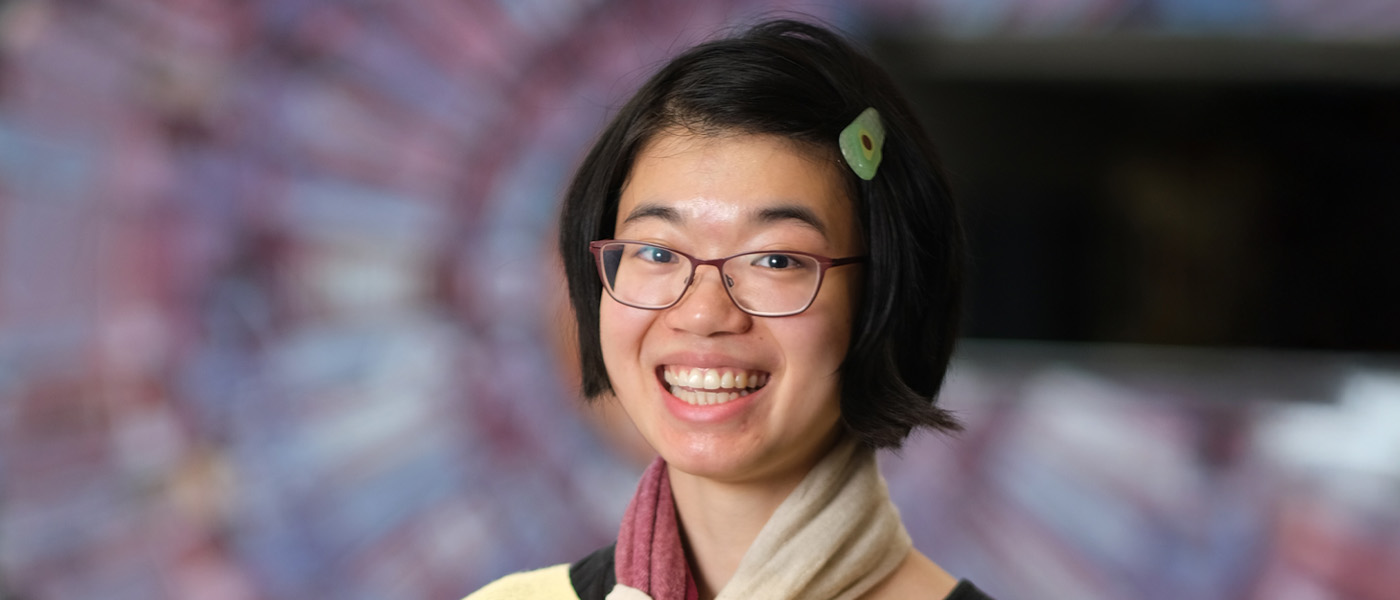
“I think this is the best place in the world to work,” says Fan Henry (below), a 24-year-old PhD student from Belgium, who is working on ATLAS research on the ‘four tops’ – the heaviest of the six types of quarks in the standard model of physics. “As someone who loves science, being in a place where thousands of people are working on research is amazing. And it's not just a workplace, there's a real sense of community here.”
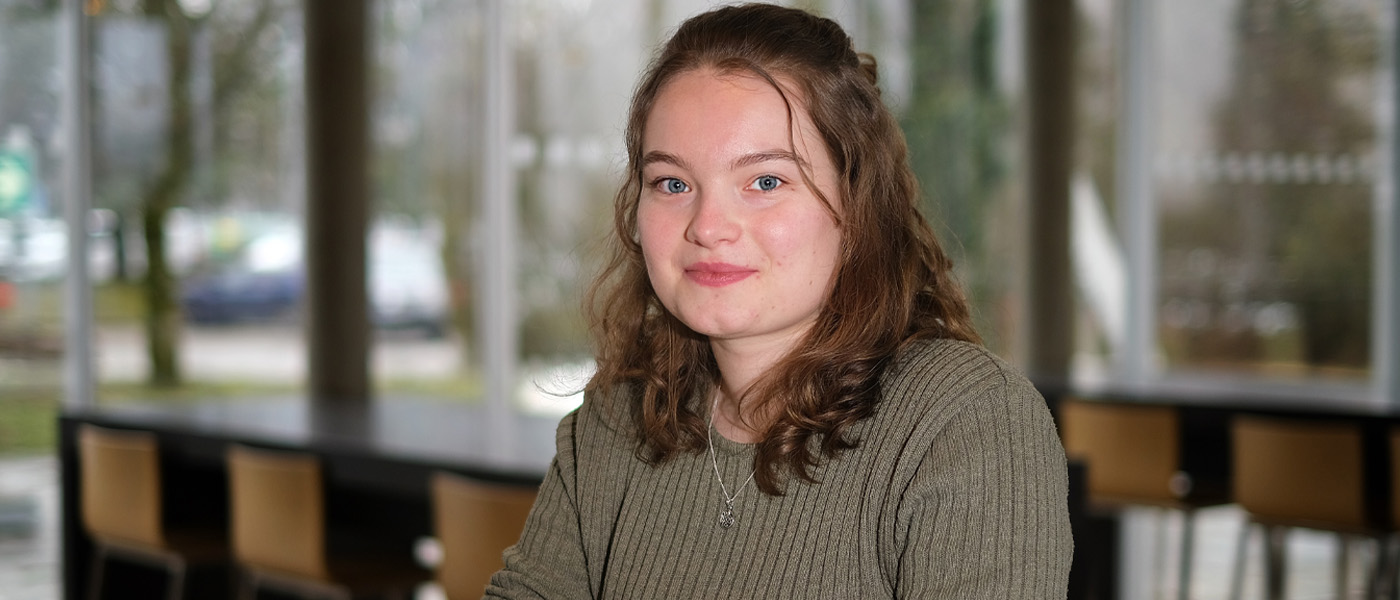
"There is no research environment like this”, says Glasgow native and PhD student Ivo Young (below), 24, who is studying quantum entanglement in top quark pairs in data collected by the ATLAS detector. “I'm incredibly lucky to be able to get the opportunity to work here, to be here, to be with people from all around the world, also interested in particle physics, working on the same experiment.”
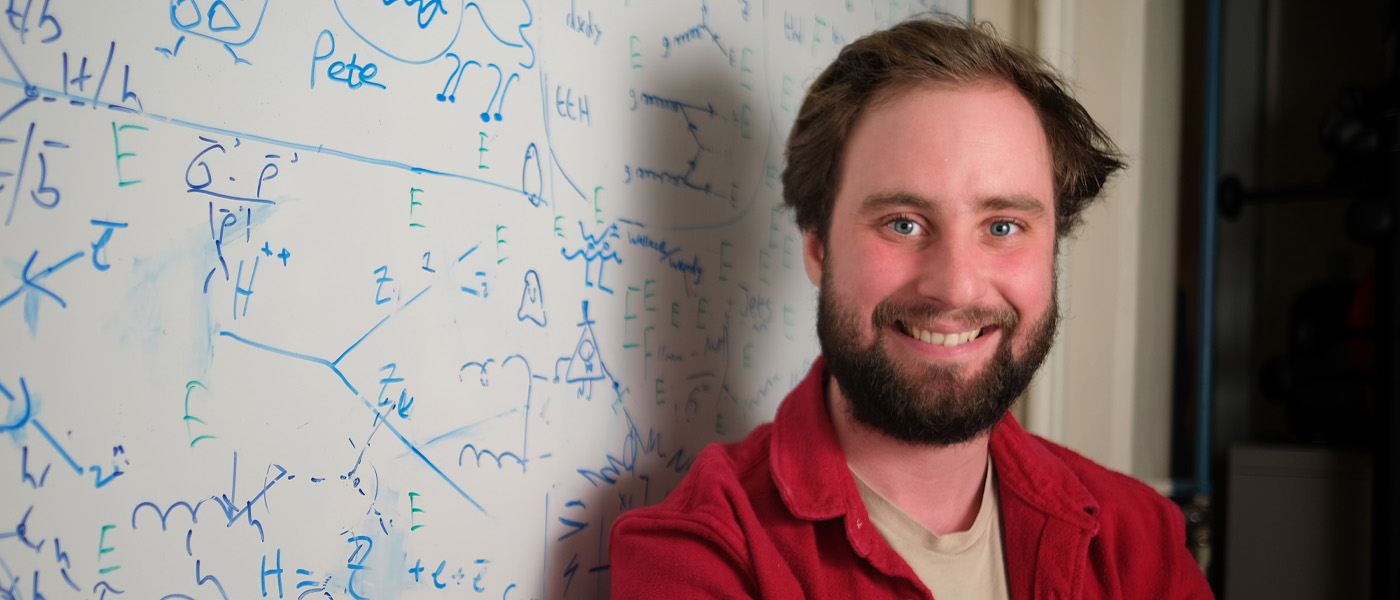
“I was really, really excited to come here for the first time”, says PhD student Aleks Docheva (below), who is 26 and was born in Bulgaria. She is working at the LHCb experiment on amplitude analysis, searching for exotic particles called tetraquarks. “There are so many people working here on many different things, and it’s interesting to see how people from all around the world come together and work together on something meaningful.”

This article was first published April 2025.
OUR RESEARCH IN ACTION
UofG Research Associate Dr Siyuan Yan walks us through a day in her life working at CERN.
A day in the life of a CERN researcher

